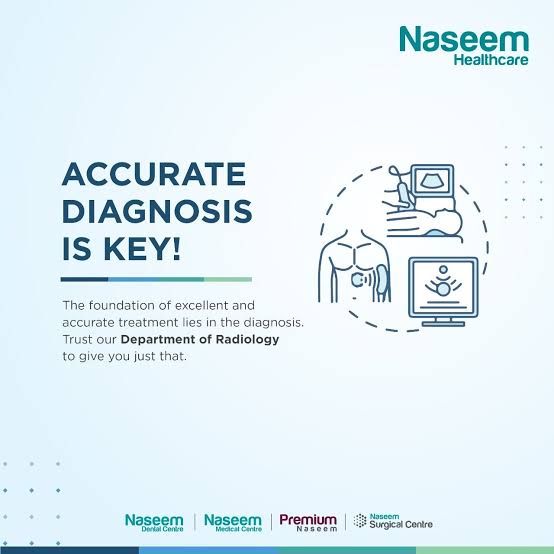
Early detection contributes to your recovery
Despite the great medical progress in treating breast cancer, early detection is an essential element that increases the rate of recovery from it. Breast self-examination tops the list of methods used for early diagnosis, followed by a breast examination with a specialist doctor every three years for those over the age of twenty, and finally Breast examination using X-rays or what is known as a mammogram on an annual basis for women over the age of forty. Many studies have concluded that 80-90? Some of the changes occurring in the breast are benign, but resorting to medical advice is imperative, to avoid any delay in diagnosis and therapeutic intervention and thus a decrease in the recovery rate.
Females aged twenty and above are considered vulnerable to this disease, and a specific day is allocated for examination and repeated monthly. Taking into account that the examination should begin three or four days after the end of menstruation, when the swelling in the breasts has decreased, while a day is allocated for this according to the preference of the pregnant woman and during menopause. As for the breastfeeding woman, the breast must be emptied of milk before Start the examination.
The aim of breast examination is for the female to learn about the nature of her breast tissue, which makes it easier for her to notice any changes that occur in it, and thus contribute to early detection.
There are indicators that require medical advice, such as feeling pain or the presence of tumors under the armpit or in the breast area, or changes in the shape, size, and texture of the breast, redness of a specific area of the breast, discharge from the nipple except for milk during the breastfeeding period, or the nipple going inside except for… Also from the original.
The examination is carried out in two stages:
*By watching:
Stand in front of the woman with the chest area exposed and look at the breast carefully to identify its shape, size and height.
Raise the arms up, holding them together and extending them above the head and observing any changes.
Place the hands on the buttocks while tightening the chest muscles and observing any changes.
Gently squeeze the nipple using your index finger and thumb, and monitor the release of any secretions.
* By touch:
Lie on bed with a pillow or folded towel under the right shoulder.
Raise the right hand and place it under the head.
Use the left hand to examine the right breast.
Examination steps:
The following steps can be followed either by lying in bed or while showering, as both water and soap work to increase the moisture and softness of the skin, making it easier to feel the presence of any lumps.
The female begins by joining the three middle fingers of the left hand and passing them completely over the right breast in a circular or horizontal manner – according to what the female prefers – without raising the fingers while passing, taking into account the gradual pressure so that it is light, then medium, then deep. Light pressure on the outer area of the breast, The medium pressure is for the central breast area, and finally the deep pressure is for the area near the nipple.
Consider examining the breast completely, starting from the collarbone down to the top of the abdomen, then from the underarm area to the middle of the chest.
Repeat the same steps on the left breast while using the right hand.
Unfortunately, a significant percentage of Saudi women resort to medical treatment in the late stages of the disease, for several reasons, most notably their neglect of periodic breast examinations of all types, and here comes the role of awareness campaigns and free early detection programmes.






